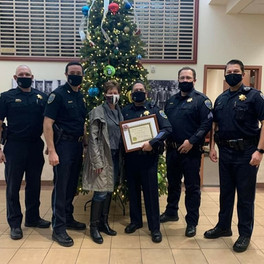ABOUT US
The Beresford Hillsdale Neighborhood Association (BHNA) provides a voice for our residents and area merchants to preserve and advance City character and quality of life through collaboration, volunteerism, and involvement in City government.
Mission Statement of BHNA
-
Enhance the quality of our neighborhood
-
Encourage communication, cooperation and friendliness among the residents
-
Maintain and increase a spirit of awareness, security and beauty in our community
-
Express the interests and opinions of all to our local government
-
Consider and inform all on topics such as the environment, safety, traffic, adherence to building codes, design, and the well-being of our children, senior citizens, families, office and retail workers, and business owners
We do this for you and for ourselves. Like you, we want the City of San Mateo to remain the safe, clean and friendly place it is now. If we all do our part by participating in neighborhood discussions, we can help bring about an enhanced lifestyle in and around San Mateo.
Our General Member Meetings are held at least quarterly, with those dates typically being the third Tuesday of the announced months from 7:00 p.m. to 8:30 p.m. Any additions or variations will be noted in member newsletters.

Beresford Hillsdale Neighborhood Association
PO Box 6764
San Mateo, CA 94403










